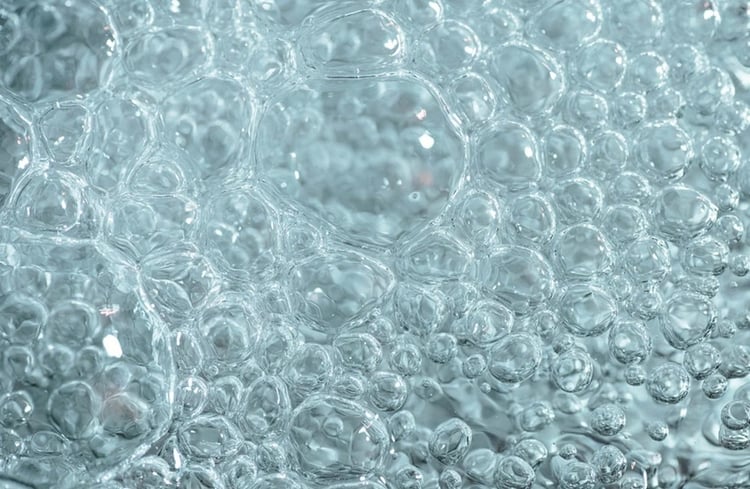
Ion exchange deionisers with chemical regeneration have been used for 70 plus years. Along with the development of the Ion exchange resins used within the Deionisers the process has developed over time.
These developments have enabled Deionisers to provide better quality Deionised water and to provide reduced rinse up times following a regeneration.
Counter Current Regeneration
The types of Deioniser referred to here are counter current Deionisers. This term refers to the water process flow. The service water flow is in one direction whilst the regeneration flow is in the opposite direction. This process orientation enables the water being treated to come in contact with the most highly regenerated Ion Exchange resin last and in doing so produce a better quality Deionised water.
Short Cycle Deionisers
For a number of years short cycle Deionisers have been available. These Deionisers have counter current regenerations with the Cation and Anion resins being regenerated simultaneously.
In the service mode the volume of Deionised water produced is controlled by a volumetric meter. The service mode is ended and a regeneration of the Ion Exchange resins initiated before the resins are actually exhausted. By this method the Ion Exchange resins are regenerated at a much lower level. These Deionisers typically have les Ion Exchange resins in them and operate at service flow to resin volume ratios much higher than fully regenerating Deionisers. The chemicals used to regenerate the resins are drawn onto the ion exchange resins at a much reduced contact strength, which enables them to be rinsed out in a much reduced time. It is by this method that the short cycle process functions with a typical regeneration time of 30 to 35 minutes.
Conventional Fully Regenerating Counter Current Deionisers
These Deionisers operate with fully regenerated resins. The service cycle is controlled by a continual on line conductivity monitor. Regenerations are initiated immediately that the Deionised water conductivity is beyond the required specification. They operate with much higher fully regenerated volumes of resin. The volume of Deionised water produced per regeneration is much higher than short cycle Deionisers. Regenerations typically take 70 minutes to complete.
Conclusions
- Short Cycle Deionisers have a faster regeneration, but they produce much less Deionised water between regenerations. This means they are in regenerations much more frequently.
- Conventional fully regenerating Deionisers produce much more Deionised water per regeneration.
- By fully regenerating the Ion Exchange resins, the resins are not only regenerated but also cleaned by the regeneration chemicals, removing and reducing resin fouling.
- Short Cycle Deionisers suffer with premature Ion Exchange resin failure due mainly to organic fouling of the Anion Ion Exchange resins. Short cycle Deionisers are mostly sold on the basis that the regenerations are quick. However, the user is not always aware that the short cycle Deioniser will regenerate much more frequently.
Making The Best Choice For Your New Deionised Water Plant
There are many different applications for Deionised water plants. For good advice on the best Deionised water plant for your application and the best purified water system design contact Wychwood Water Systems Ltd. 01993 892211 sales@wychwood-water.com










 We are a specialist independent company involved in water purification and water treatment technologies
We are a specialist independent company involved in water purification and water treatment technologies


